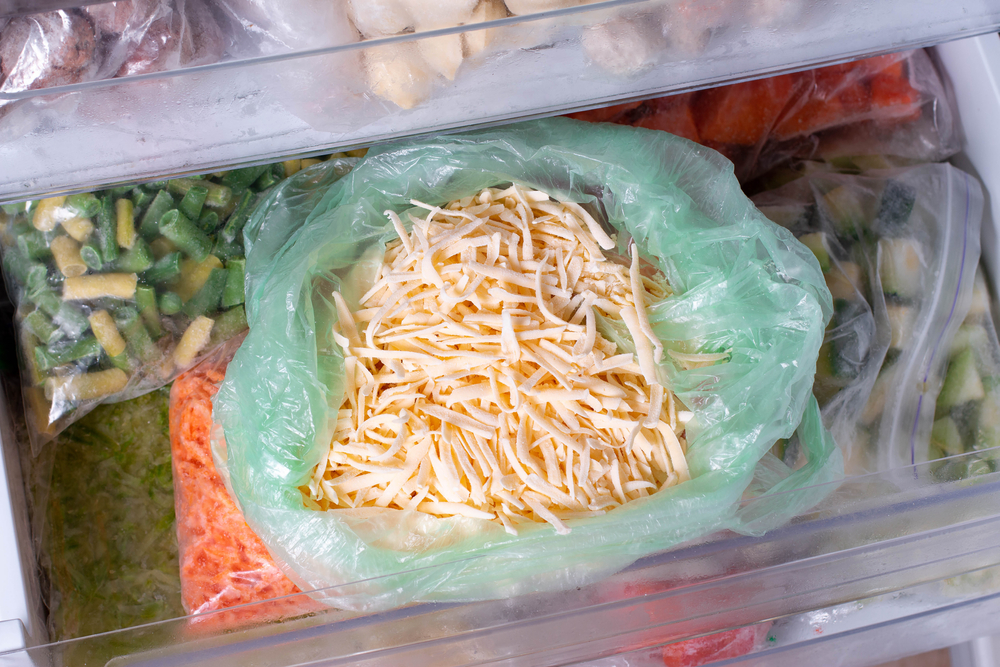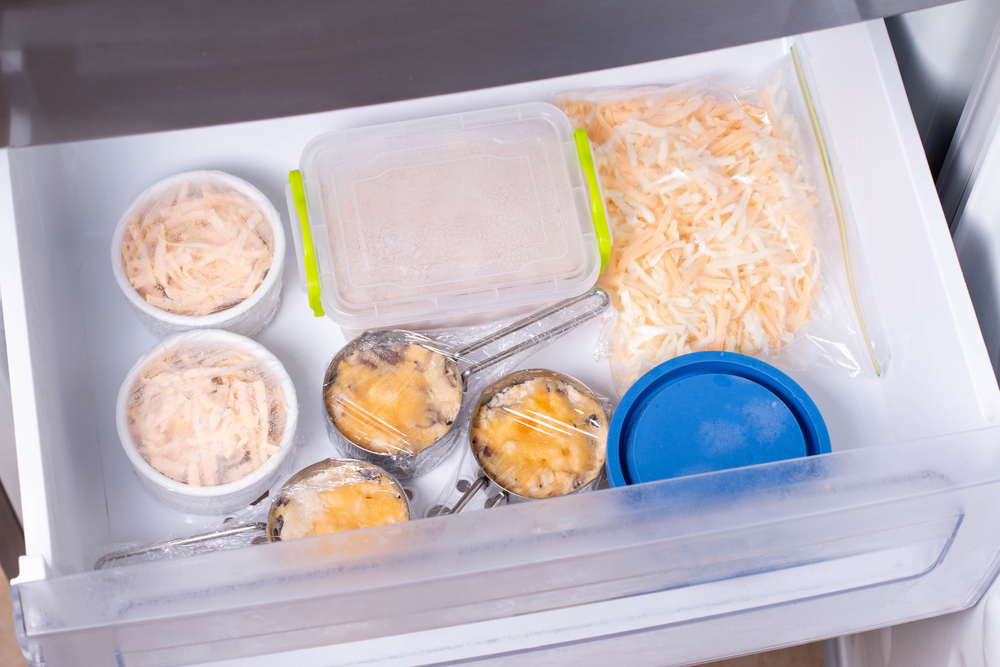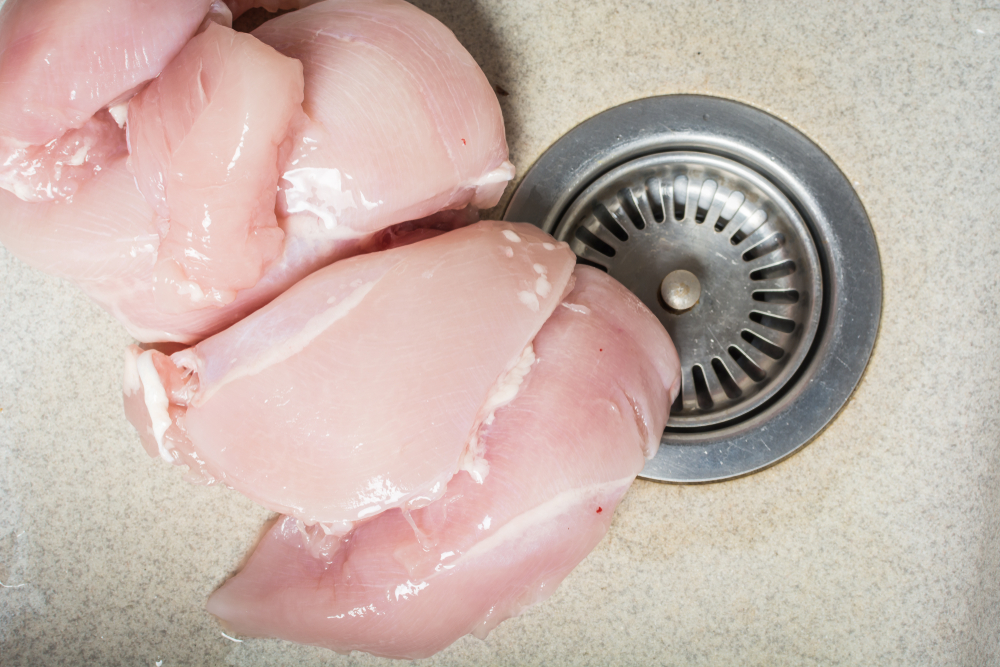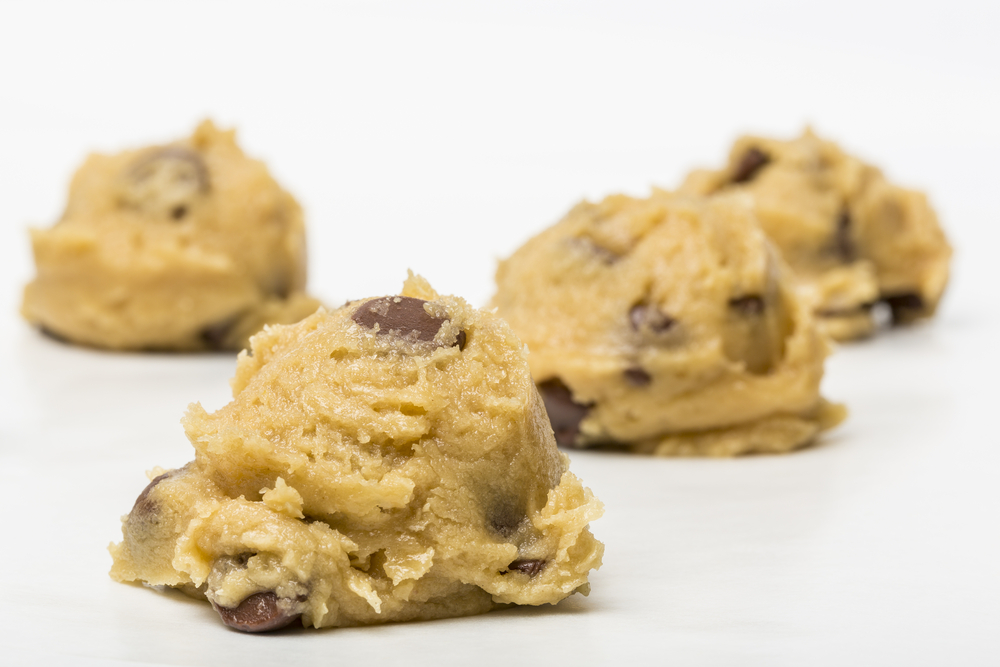When you find a good deal on cheese, it can be hard to resist stocking up. Most types of cheese freeze well and can be thawed with ease. Not only is this convenient, but it is also quite economical.
The specific method for thawing cheese will depend on the form it’s in to begin with.
You can thaw frozen cheese by placing it in the refrigerator. Leave it in the refrigerator for 24 hours or until the cheese is completely thawed. Frozen cheese can also be thawed by laying it out on the counter or microwaving it.
It’s important to note that solid blocks of frozen cheese will take longer to thaw than shredded cheese, too, but you can still get the job done by setting them down in the fridge.

Methods of Thawing Frozen Cheese
Thawing Frozen Cheese in the Fridge
As soon as you get your cheese out of the freezer to thaw, make sure to inspect the packaging for any cracks, rips or tears. If these are present, it could make your frozen cheese open to spoilage.
If all looks well with your frozen cheese, proceed to set it down in the fridge to thaw. You have to consider the type of cheese you are setting down to thaw during this process, as it will determine how long you will need to leave it out.
Shredded cheese will thaw in no time, while an entire block of cheese can take up to 24 hours total. In addition, sliced cheese that are individually-wrapped with thaw quicker if the slices are separated.
You’ll typically want to avoid thawing sliced deli cheese that does not have plastic or paper in between the slices, as it will just stick together and become mushy.
Thawing Frozen Cheese on the Counter
If you want to set your frozen cheese out on the counter to thaw, this is also a viable option. However, you’ll want to take some precautions with this method, so your cheese doesn’t get too warm and begin to develop bacteria.

Shredded cheese can thaw on the counter in a matter of 30 minutes or less, while harder cheeses may take a bit longer. Hard cheese can take up to three hours to thaw on the counter, so plan accordingly if you want to use these on a charcuterie board or as an appetizer.
When you’re thawing frozen cheese on the counter, be sure to leave it in its original packaging. This will ensure all the moisture stays inside your cheese’s package. This will prevent the cheese from getting hard and brittle as it dries.
Microwaving Frozen Cheese to Thaw It
Some types of frozen cheese can even be microwaved to thaw them. These work well for quesos that have been frozen, as well as sliced cheese or blocks of cheese. You should probably avoid microwaving shredded cheese to thaw it, as it may heat too quickly and become melty.
When you’re using a microwave to thaw frozen cheese, slow and easy is the name of the game. Put your cheese in the microwave for 30-45 seconds at a time, and then take it out to check on it.
If it’s still frozen solid, put it in there for a bit longer. You can microwave it for 30 more seconds to give it a bit more warmth.

Tips for Thawing Frozen Cheese
To prevent any type of cheese from becoming too crumbly, be sure to defrost it slowly. This will greatly aid in maintaining your cheese’s texture. Also, make sure your cheese is left tightly wrapped in a bag to keep as much moisture in it as you can, such as with American cheese or alternatives.
Frozen cheese is absolutely safe to consume, although it may have a different texture after warming. If thawed in your fridge, be sure to use your reheated cheese within one to two days to ensure freshness.
If the clock is ticking while you’re thawing your frozen cheese, you can always resort to a water bath. The key to this method is not getting your water so warm that it heats your cheese too quickly and to ensure your cheese is sealed properly before placing it into the water.
Keep in mind, hard cheeses are harder to thaw than semi-soft versions. This means cheese like Parmesan, Romano, and hard Cheddars will have the least effects of thawing. While you can thaw any type of cheese, these are the ones that hold up to the thawing process the best.







